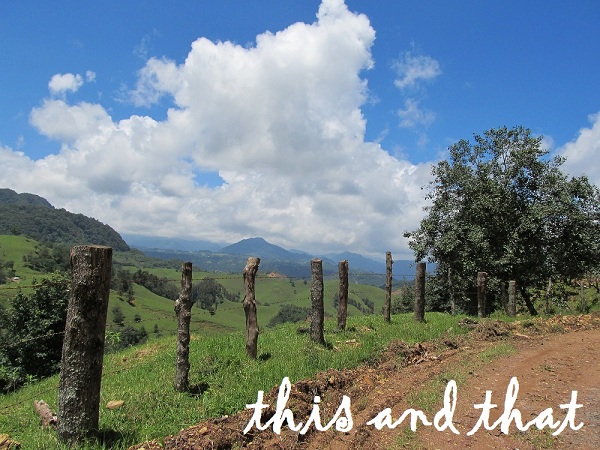So while Halloween kind of has something to do with the Día de los Muertos, the American celebration of Halloween that I am familiar with and the Mexican celebration of the Día de los Muertos is a lot different (Mexicans do still participate in Halloween-like activities, such as dressing up in costumes and trick-or-treating...yesterday I saw a little boy in a fringed cowboy costume made completely out of newspaper!). Obviously, there is an entire history behind these celebrations and the customs will vary from place to place, but this year we have been doing our own culture study on this celebration and are learning from our neighbors and other sources here about their beliefs regarding the Día de los Muertos.
What we have learned is that these are days when families remember and honor their dead loved ones and it is traditionally a time to visit and decorate their graves. While this reminds me of Memorial Day in the U.S., there is a lot more involved with the Día de los Muertos than merely remembering loved ones.
A Triqui woman pouring Coca-Cola on the grave
of a loved one, Baja California.
It is believed that once a year, the ánimas (souls) of dead loved ones come back from the dead to visit their relatives. The souls of children and unmarried young people are believed to come on All Saints' Day and the souls of adults or married people are believed to come on All Souls' Day. Ofrendas (offerings) are made on sometimes elaborate altars in homes or cemeteries to honor and receive the souls. Candles are burned as it is believed that their light will guide the souls to the altars. Brightly colored flowers with strong smells, such as marigolds are commonly used to also guide the souls to the offerings. Incense, such as copal (tree resin incense) is also burned by some.
A trail of flower petals leading into a house.
A trail of flower petals leading to an ofrenda at a school.
Many different foods or other things can be included in the offering, such as pan de muerto (literally, the bread of the dead), whiskey and other drinks, tamales, cigarettes, mole (a traditional chile and chocolate dish), sugar skulls, toys and candy (for the younger souls), sugarcane, fruit and other items that may have been favorites of the dead loved ones.
Pan de muerto, topped with bone-like decorations.
While the Día de los Muertos isn't necessarily a state holiday, we have observed that the 1st and 2nd day of November are días festivos (festive days) and that schools are closed on November 2nd. Many of our friends who are followers of Christ do not send their children to school around this time of year in order to avoid having their children participate in the celebrations they view as demonic and pagan.
The sign on the gate of the preschool next door to our house says:
"Homework for everyone: bring a written skeleton for
Monday and fruit for the offering. Thank you."
An ofrenda at a town government office.
Another example of an ofrenda set up at a police station.
There is a sign on this ofrenda that says,
"Please don't take anything off of the offering."
An ofrenda set up inside a Catholic church.
Traditionally, on November 3rd families have parties where the offerings are eaten in honor of their dead loved ones. It is believed that the essence or aromas and the colors of the food and flowers are 'eaten' or used by the dead and some would say that the food that is left has no nutritional value.
I'm sure that there is a lot more to learn about the Día de los Muertos, but this has been an interesting glimpse into these traditions here in Puebla.





















No comments:
Post a Comment